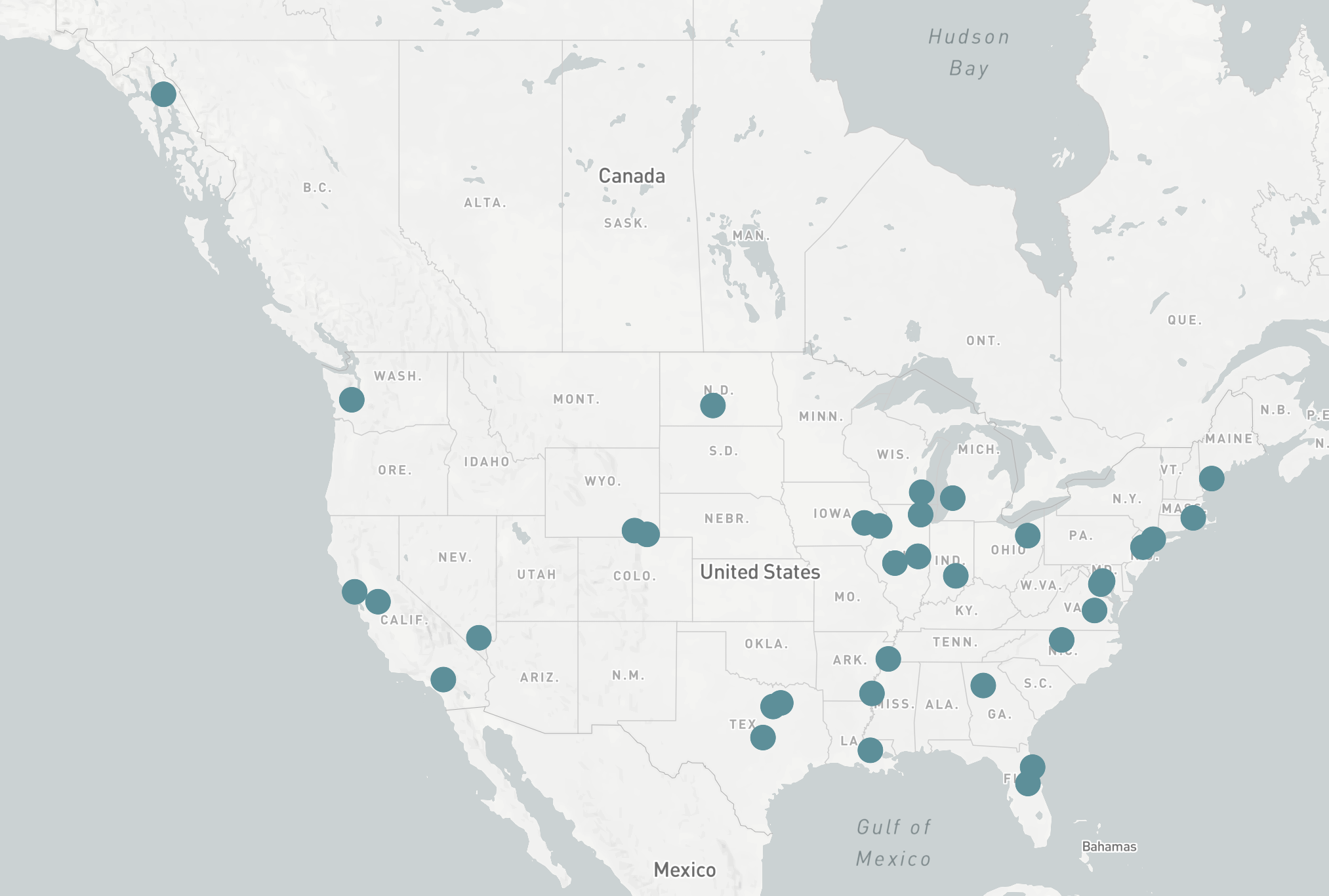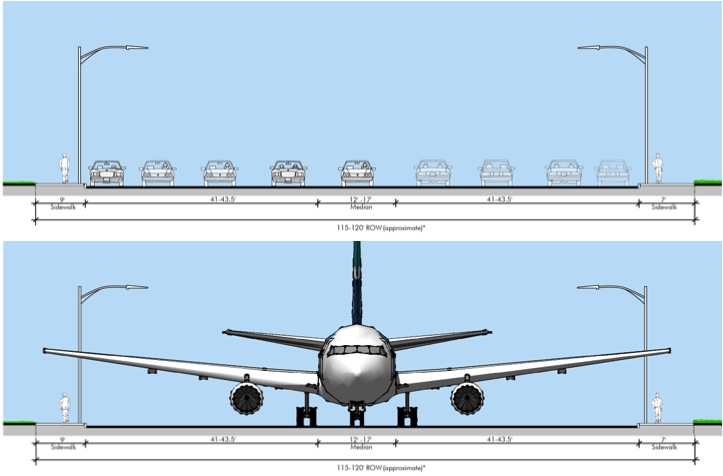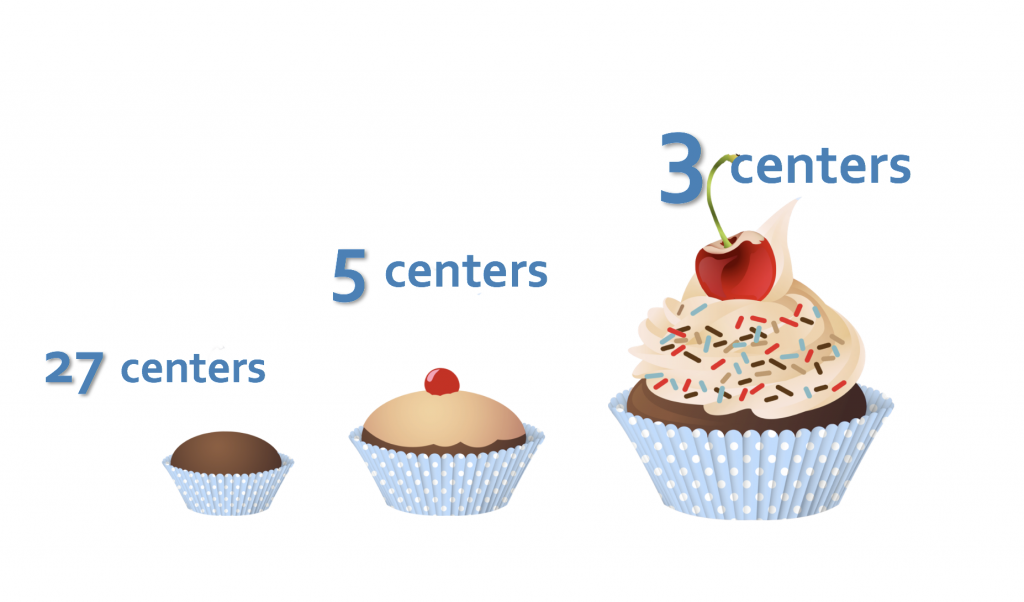The Mayors’ Institute on City Design conducted three national and two regional sessions in 2017, touching communities large and small across the country. With the help of dozens of renowned design experts, MICD provided 35 mayors with an unparalleled look at best practices in urban design, architecture, transportation planning, and other fields. Mayors went home with concrete and practical recommendations to their most challenging projects as well as a new set of tools for serving their citizens.
While the recommendations made at each closed-door session are confidential, we are excited to share a behind-the-scenes look at this year’s sessions.
1) Mayors brought projects from 35 cities in 24 states.

- The smallest city represented was Clarkston, GA (population 12,742), nicknamed “the most diverse square mile in America” due to its legacy of accepting refugees from around the world.
- The largest city, Memphis, TN (population 652,717), spans 324 square miles.
- Six capital cities were represented: Juneau, AK; Baton Rouge, LA; Bismarck, ND; Richmond, VA; Olympia, WA; and Cheyenne, WY.
2) Despite their differences in size and location, many cities brought projects with common threads, such as:
- Building a vibrant new town center in communities without a downtown, providing a much-needed central gathering space and stronger sense of place
- Opening up access to waterfront areas that have historically been cut off by industrial uses
- Making public investments to spur a private market reaction in historically disinvested neighborhoods, while retaining the area’s character and protecting its residents from displacement
3) Several themes came up again and again in the recommendations from the Resource Team.
- The public realm, especially streets, represents a huge percentage of a city’s land. This space can be harnessed to do what cities do best: provide places for citizens to interact, gather, and thrive.
- Projects in the built environment – and the dollars that fund them – can and should accomplish many things at once: providing necessary infrastructure, sparking private investment, creating natural connections between points of interest, and much more.
- People are drawn to places that feel authentic. When cities embrace the existing character of a site and its surroundings rather than thinking of it in a vacuum, projects succeed.
4) Learning is a two-way street at MICD.
- “The experience caused me to see my city through a different lens. I have a heightened understanding of the significant role design plays in transforming the quality of life for the citizens of my community.” – Baton Rouge Mayor Sharon Weston Broome (MICD 67 participant)
- “Both groups came away enlightened and re-charged on challenging issues facing our communities.” – Shannon Kraus, HKS Architects (MICD 67 Resource Team member)
5) Memorable graphics helped drive home the Resource Team’s lessons.
Gia Biagi of Studio Gang encouraged mayors to spell out the many
purposes each civic project serves in a neighborhood, allowing the
city to identify gaps and work towards filling them.

Mukul Malhotra of MIG argued that when streets are wide enough for planes
to land, cities may have surplus space that could be used for new purposes.

Sonja Ewing of the Maryland-National Capital Park and Planning Commission
shared the “cupcake strategy” for focusing public investments, allowing key
urban centers to thrive in Prince George’s County.
We would like to extend a sincere thanks to the mayors who devoted their time to participating and the design professionals who served on a Resource Team in 2017. For a complete list of participants, click on each session below:
66th National Session in Charleston, SC
67th National Session in Providence, RI
68th National Session in Santa Fe, NM
MICD West 2017 in Indianapolis, IN
MICD East 2017 in Tampa, FL


